Lake Hinuma shore and Minami Oarai area
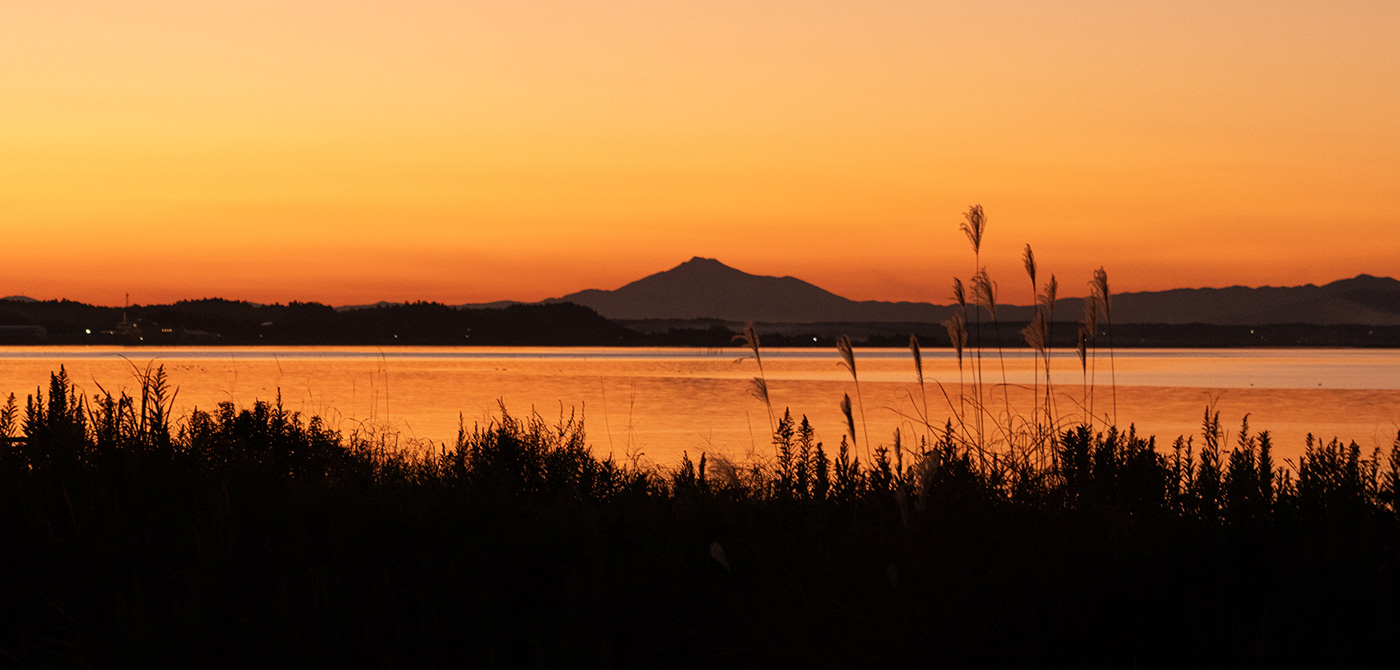
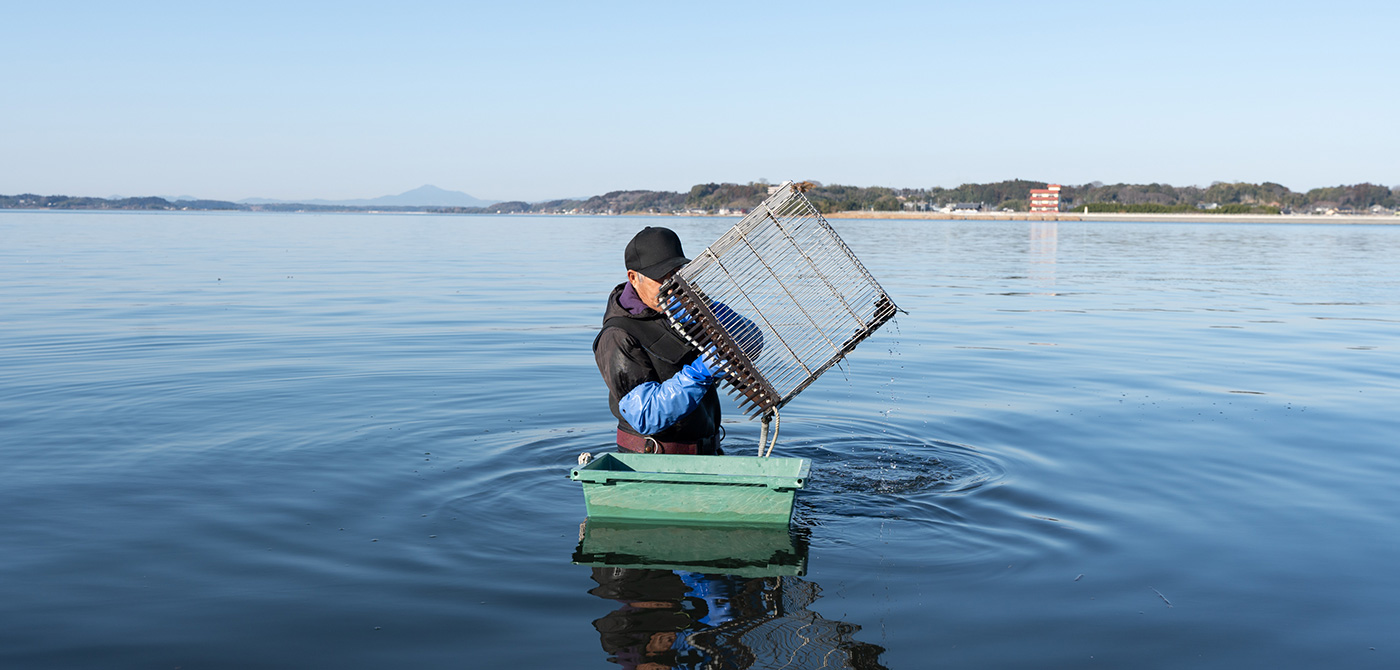
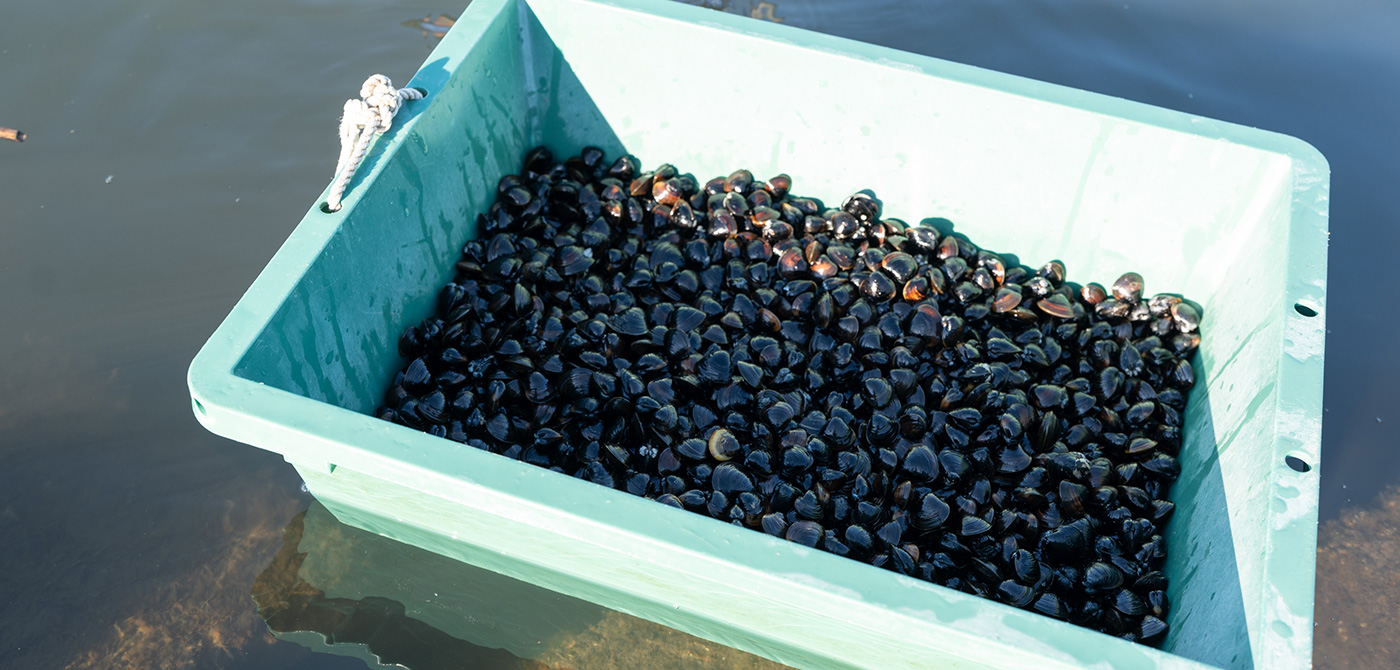
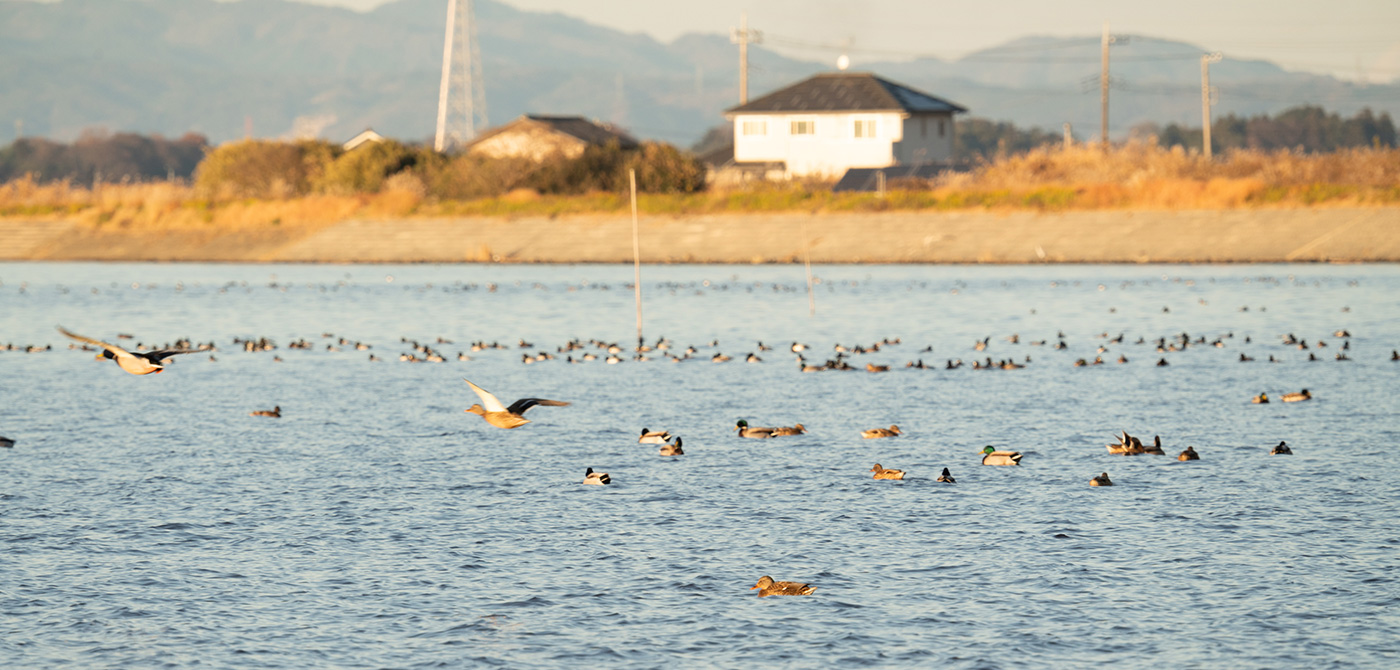




Lake Hinuma used to be a vast lagoon called "Atakana no Minato" in the Hitachinokuni Fudoki written in the Nara period. It is now the only brackish lake in the Kanto region and is renowned for its shijimi clam fishing. It is also a preserved habitat for waterfowl registered under the Ramsar Convention.(Learn more)
Lake Hinuma used to be a vast lagoon called "Atakana no Minato" in the Hitachinokuni Fudoki written in the Nara period. Now that the sea level has dropped and reclamation has taken place, the lagoon is divided into two separate parts, Lake Hinuma and Hinuma River. However, at high tide, you can see the sea water running up from the mouth of the Naka River to Lake Hinuma through the Hinuma River. It is also the only brackish lake in the Kanto region.
Lake Hinuma, is a brackish lake famous for shijimi clam fishing, which is done in the shallow areas of the Hinuma River and the east side of Lake Hinuma. The fisheries cooperative set a limit on fishing hour for four hours on weekdays from early morning to mid-morning throughout the year. Fishermen ride in small boats and use long poles with metal cages to rake shijimi clams of a certain size out of the sandy mud at the bottom of the swamp. The morning shijimi clam fishing offers an idyllic scene unique to Oarai visible from Onuki Bridge and Hinuma Bridge over the Hinuma River, where brackish water creates a village setting.
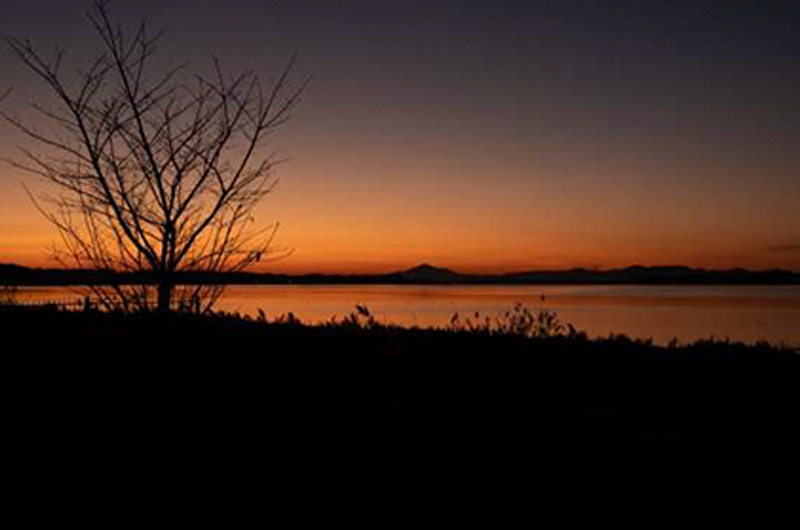
Lake Hinuma was registered under the Ramsar Convention in 2015 and is now an internationally important wetland preserved as a habitat for waterfowl. It is a wintering place for the endangered Steller's sea eagle and about 5,000 scaup ducks. The lake has a diverse ecosystem that is unique to brackish waters with shijimi clams, endangered Japanese eels, gobies, Japanese seabass, mullets, whitebait, and carp.
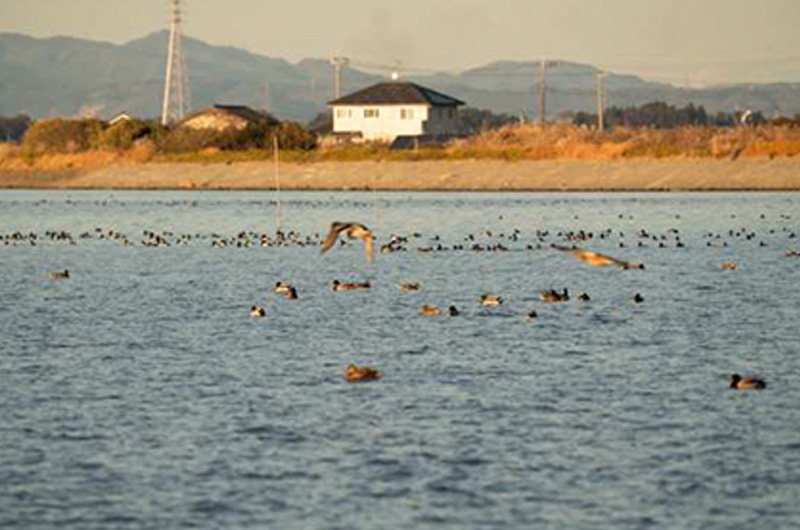
The lagoon around the Hinuma River was once Atakana no Minato, and is now a vast flat area of rice paddies that looks like a sea. You will cross vast rice paddy landscapes when you travel from Mito to Oarai by train or car. The paddy fields are filled with water from Golden Week holidays to early summer. The beauty of the clear paddy fields is viewed by students who commute from Oarai to Mito.
Our Ryokan and Guest House are separate facilities, allowing you to choose the accommodation style that best fits your budget. In summer, you can enjoy fresh seafood such as funamori (assorted sushi boat) and rock oysters, while in winter, we offer anglerfish hotpot.
This golf course is named after the imagery of Robin Hood’s Sherwood Forest. The clubhouse overlooks a large, beautiful pond by the water. It looks exactly like an American type course.
A nature exchange experience facility located on the shores of Hinuma, which is a Ramsar Convention registered site.
It can be used as a barbecue and campground, as well as a direct-sale shop for local vegetables and clams.
A hot spring product sales stand where you can easily buy “Oarai Onsen.” The Oarai hot spring is a sodium-chloride spring with a temperature of 15 degrees Celsius, beneficial for relieving neuralgia, muscle pain, and stiff shoulders.
Sakaten Park consists of Sakaten Market and Sakaten Restaurant. In addition to shopping for fresh fish and dried fish, you can enjoy a variety of seafood dishes made with fresh fish and seafood rice bowls.
The largest taxi group in central Ibaraki Prefecture.
In addition to regular taxis, we recommend using a sightseeing taxi, which can be rented by the hour.
You can explore sightseeing spots in a kimono, making your outing a little more special. A wide variety of items, from kimono and yukata to accessories, are available for rental, and dressing plans are popular.
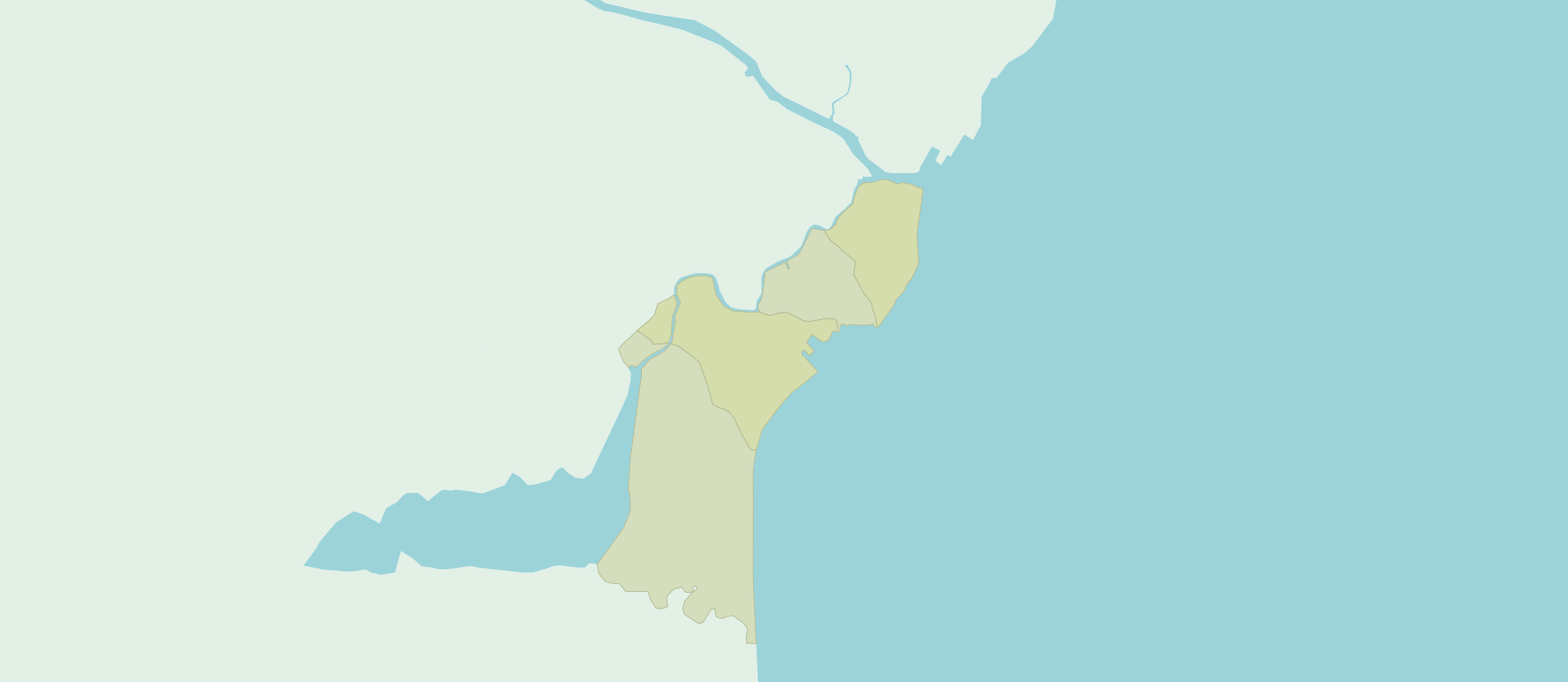
Ancient oceans, forests, and rivers.
Places of faith and relaxation
Fishing, commerce, and living.
Center of Oarai Town
The largest beach with shallow water and
villa area in Ibaraki Prefecture
Hinuma Lake, the only brackish lake
in the Kanto region,
and a vast reclaimed land